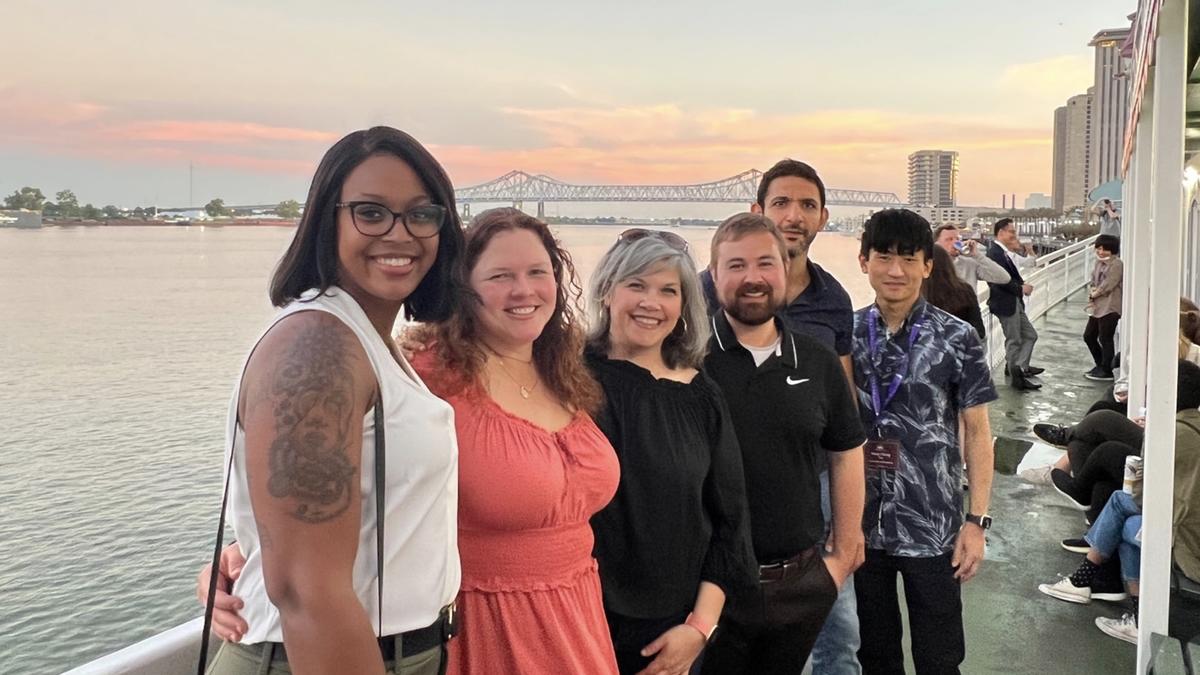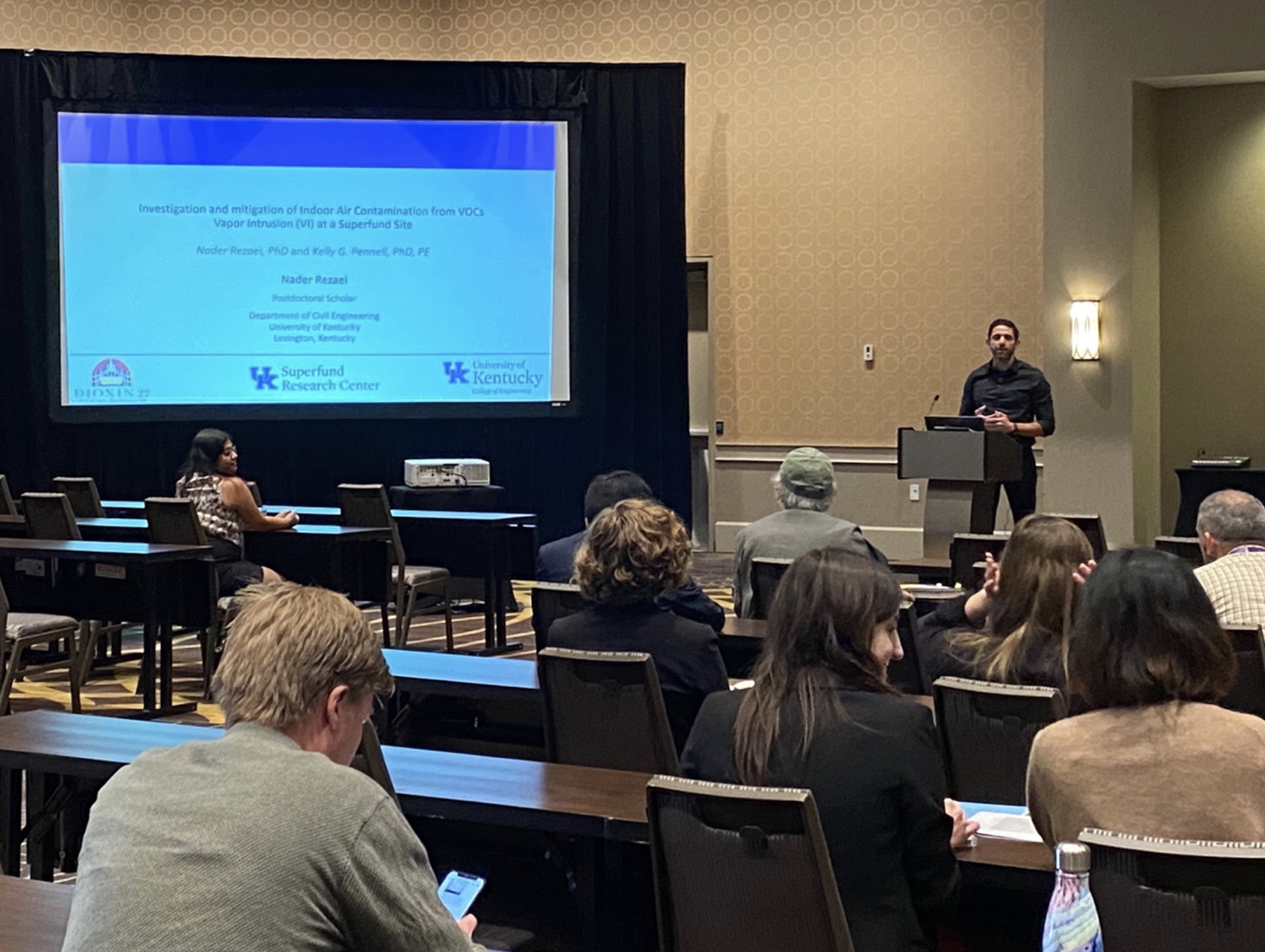October 17, 2022
Researchers Attended the 42nd International Symposium Halogenated Persistent Organic Pollutants
Kelly Pennell, Professor and Director of the University of Kentucky Superfund Research Center (UKSRC) and a team of researchers from the Department of Civil Engineering traveled to New Orleans to participate in the 42nd International Symposium Halogenated Persistent Organic Pollutants.

The conference has made a sustained commitment to creating spaces where people feel welcome, respected and recognized for their contributions. Individuals from all nine continents attended the conference.
The opening plenary address was given by Linda Birnbaum, the immediate past Director of the National Institutes of Environmental Health Sciences (NIEHS).
Miriam Diamond, professor in the Department of Earth Sciences at the University of Toronto and associate editor of Environmental Science and Technology, also gave a plenary address. Diamond noted that six of the eight addresses were given by female researchers, demonstrating the conference’s commitment to sharing scientific knowledge, valuing varied perspectives and creating inclusive spaces.
At the end of the conference, Pennell’s team reflected that interacting in person and hearing from researchers with different perspectives who work on similar complex environmental challenges was one of the most positive aspects of this conference.
“Big challenges require us to listen, learn and synthesize information from people and sources beyond our traditional networks,” said Pennell.
Pennell’s team conducts fate and transport research that intentionally integrates stakeholder knowledge as part of their research process.
“As researchers, we serve as knowledge brokers by applying basic science principles to challenges that stakeholders define using real-world context,” said Pennell. “Bridging these two often disparate ‘worlds’ is exciting.”
In New Orleans, her team was able to make connections with experts in toxicology and exposure science who develop and refine analytical techniques, influence regulatory policy decisions and are interested in collaborating on future research.



